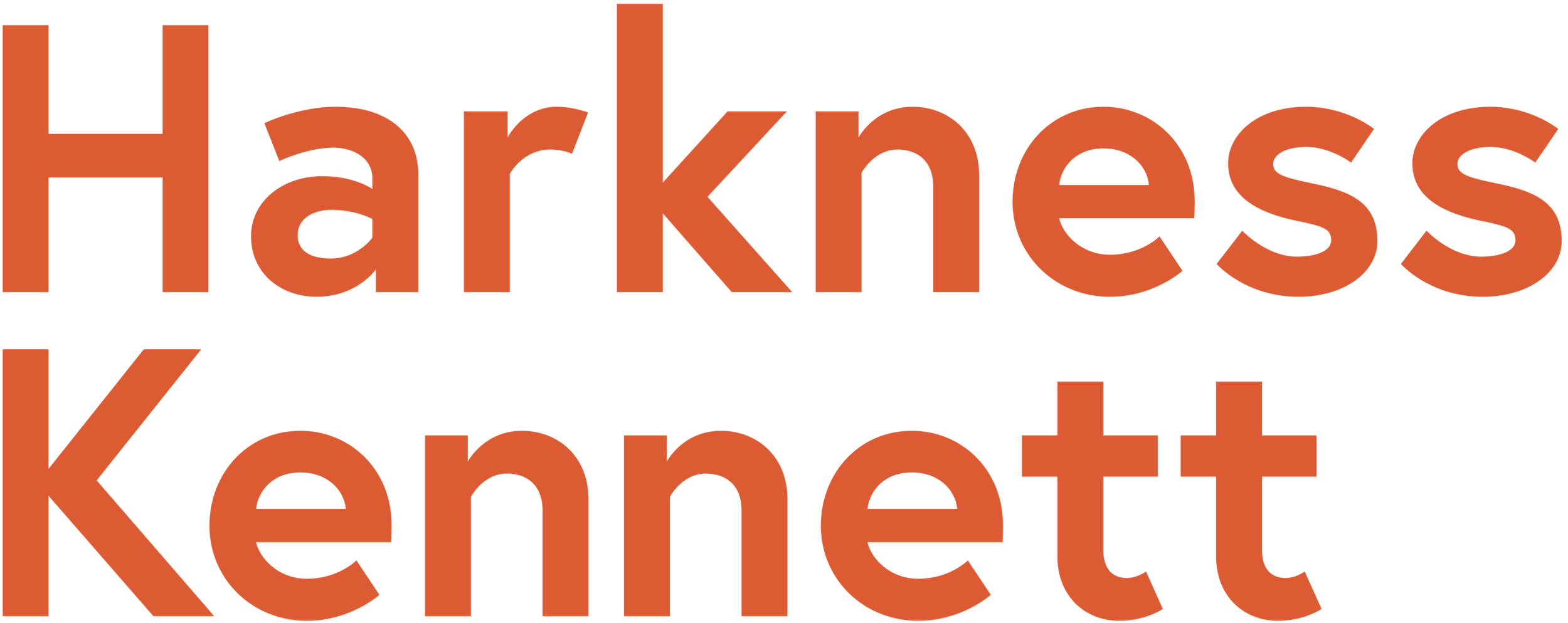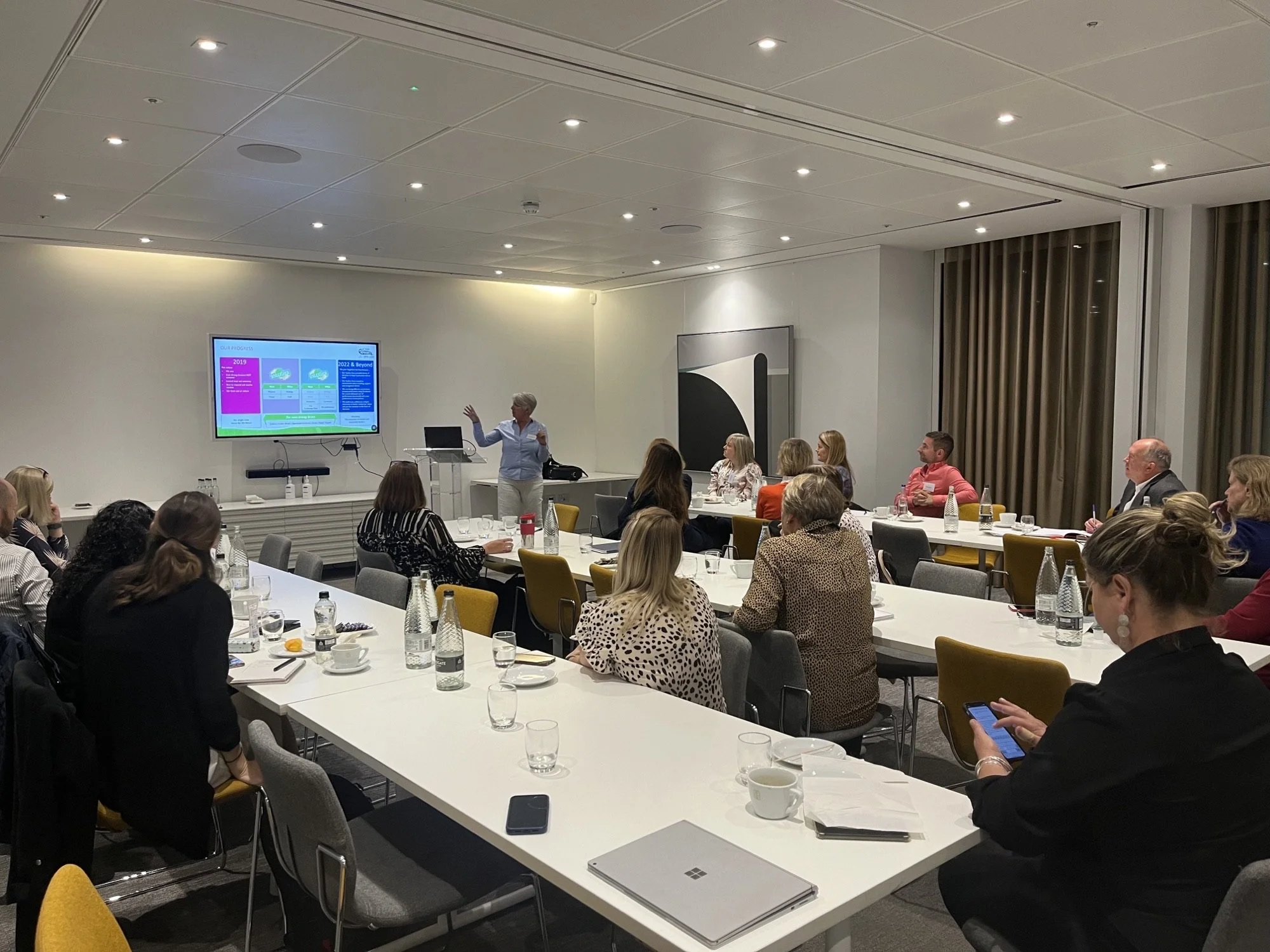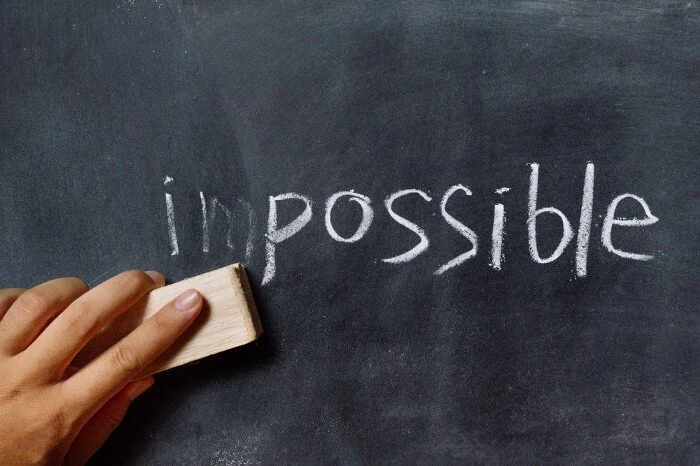The communicators’ approach to agile methodology
We were delighted to be joined yesterday by David Gallagher, Internal Communication Consultant at William Hill and Laura Storey, Employee Communications Leader UK at IBM for the latest (and the final of 2019) in our series of breakfast networking events.
You've no doubt heard the term ‘agile’ being used, however the ambiguity of its meaning can cause some confusion! David Gallagher at William Hill, is leading the Culture, Change and Communication work stream of a large-scale technology transformation programme, kicked of Thursday’s session by sharing his definition and how they are adopting the agile methodology for communicators.
For David and William Hill, agile is essentially a change to the way of working, meaning working in short sprints, learning fast and focussing on the ‘minimum viable product’ at each stage of delivery. It’s about changing the pace and speed of ways of working to a more sensible and pragmatic way - fundamentally learning to think differently on how they operate and changing the mindset of those involved.
He explained that their process for adoption goes like this:
visualise the big picture for all parts of the organisation and show how it’s all connected
conduct ‘zoom ins’ on each division/area to show how it’s impacting people
define the communications strategy – ‘what do I need to know?’ - be transparent and provide easy access to information. ‘What’s going to engage me? – provide short, sharp messages and drip feed good news stories and continually share successes.
Transparency is key for agile, as is a collaborative environment, no more ‘clear desk policies’!
David wrapped up his session by sharing some tips for success:
Get comfortable with the new terminology
Look at the backlog – there are tools to help
Be ready to change direction fast
Collaborate and learn fast!
Laura Storey was next up to share with us her experiences of her agile journey when she led HR Comms in the UK for IBM before taking on her current role.
IBM’s purpose is clear – ‘we exist only to supply to the end user’, so everything they did needed to have users’ needs at the heart of it.
Laura explained that focussing on short term campaigns was a great way to introduce the methodology for communicators, concentrating on what the end user needs and embedding this into their working practices.
With a reduced team and a huge project to complete, resources were a challenge, so Laura looked around the business to identify and recruit people to support them for a short period of time. They held ‘design workshops’ and regular ‘check-ins’ with their end goals to enable them to change tack quickly. She explained that holding ‘hackathons’ were a useful tool to demonstrate the benefits of agile - taking a business issue, assigning a period to work on it and problem solving as a team, then sharing the stories of their wins.
Laura believes that the success factors for agile include learning and education, a flexible working environment and recognising people – teaching them to become advocates of the principles. Laura finished by sharing that it was essential to remain true to the end users’ needs at every stage and putting aside the typical communicators dream of perfection. And finally, executive sponsorship is critical!
If you’ve not been to one of these sessions before, do try and come along in 2020. It’s a great opportunity to hear tip filled mini presentations and be part of the conversation. We allow time for networking (and lots of coffee and breakfast snacks) and always finish by 10am.
If you’d like to join our email distribution list about future events drop me a line at: tanya.mcclelland@harknesskennett.com
Published by Tanya































